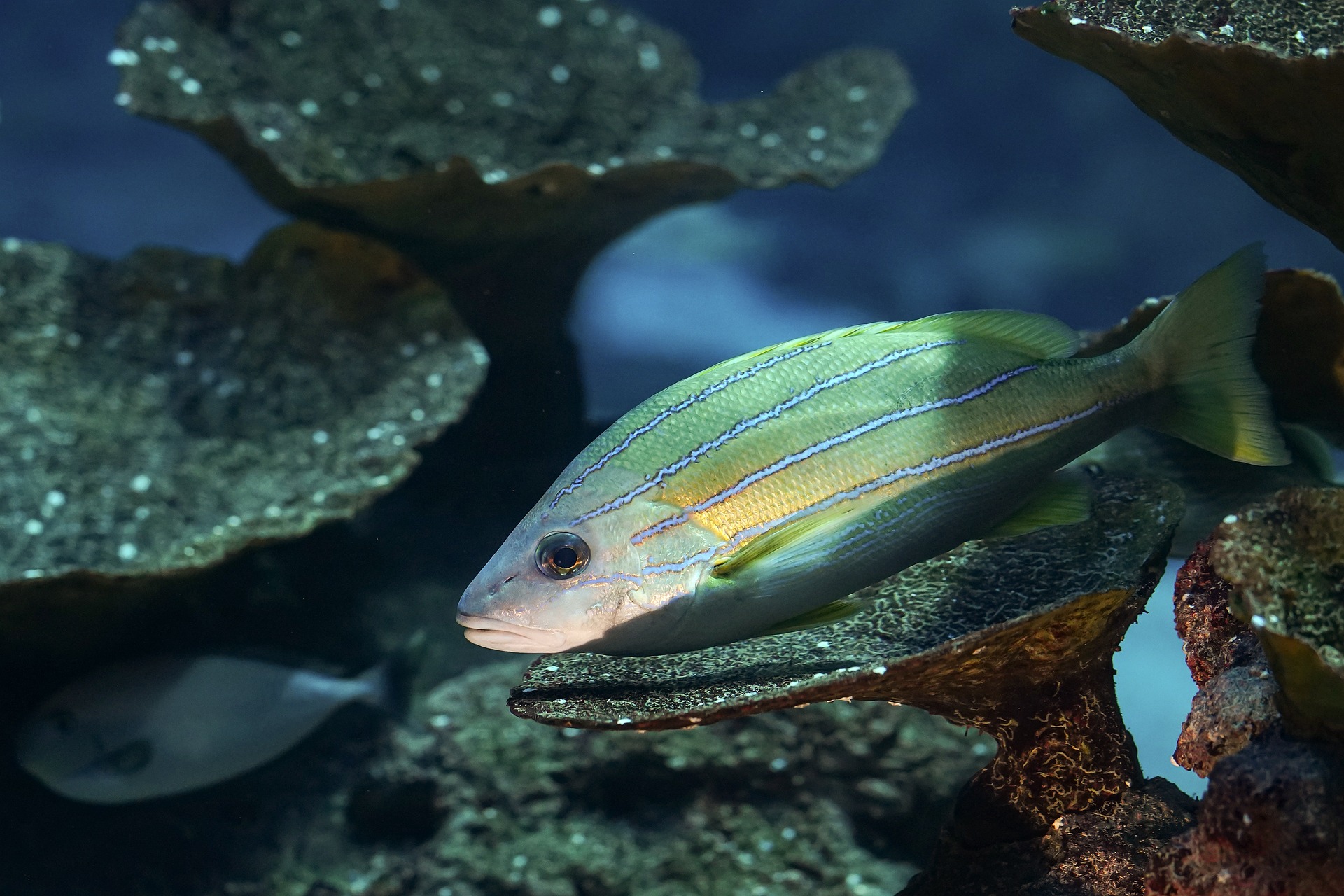Aquatic Acrobats: The Surprising Athleticism of Sea Otters
Sea otters, the charismatic marine mammals of the North Pacific, are renowned for their playful nature and tool-using abilities. But beneath their adorable exterior lies a world of athletic prowess that often goes unnoticed. From their incredible diving skills to their agile underwater maneuvers, sea otters are true aquatic acrobats that captivate both researchers and animal enthusiasts alike.

The Power of Paws: Sea Otter Anatomy
Sea otters are equipped with a set of physical adaptations that make them exceptional swimmers and divers. Their streamlined bodies, webbed feet, and powerful tails allow them to move through water with incredible ease. Unlike other marine mammals, sea otters lack a blubber layer for insulation. Instead, they rely on their dense fur – the thickest of any animal – to keep them warm in frigid waters. This unique adaptation requires sea otters to maintain a high metabolic rate, further contributing to their energetic and athletic nature.
Diving Deep: Underwater Endurance
One of the most impressive athletic feats of sea otters is their diving ability. These marine mammals can dive to depths of up to 300 feet and stay underwater for up to 5 minutes. Their lung capacity is 2.5 times greater than that of similar-sized land mammals, allowing them to hold their breath for extended periods. Sea otters have also developed the ability to slow their heart rate during dives, conserving oxygen and enabling longer foraging trips at depth.
Acrobatics on Display: Playful Behaviors
Sea otters are known for their playful nature, often engaging in behaviors that showcase their athletic abilities. They can frequently be observed performing somersaults, backflips, and other acrobatic maneuvers both in and out of the water. These behaviors serve multiple purposes, including social bonding, territory marking, and simply burning off excess energy. The agility and coordination required for these displays are a testament to the sea otter’s athletic prowess.
Foraging Fitness: Hunting Techniques
The athletic abilities of sea otters are perhaps most evident in their foraging techniques. These marine mammals are skilled hunters, using their dexterous paws to locate and capture prey items such as crabs, clams, and sea urchins. Sea otters have been observed using rocks as tools to crack open hard-shelled prey, demonstrating not only physical prowess but also cognitive abilities. The strength and precision required to manipulate tools while swimming is a unique skill among marine mammals.
Endurance Athletes: Daily Energy Expenditure
Sea otters are true endurance athletes, with a daily energy expenditure that far exceeds what would be expected for their size. To maintain their high metabolic rate and constant body temperature in cold waters, sea otters must consume approximately 25% of their body weight in food each day. This requires them to spend a significant portion of their time foraging, often diving repeatedly throughout the day and night. The stamina needed to sustain this level of activity makes sea otters some of the hardest-working athletes in the animal kingdom.
Balancing Act: Kelp Forest Gymnastics
In the complex underwater world of kelp forests, sea otters display a remarkable ability to navigate and maneuver. They can often be seen wrapping themselves in kelp fronds to anchor themselves while resting or sleeping, a behavior that requires both strength and finesse. Sea otters also use the kelp forests as a playground, weaving in and out of the underwater vegetation with graceful agility. This aquatic obstacle course serves as a natural training ground for honing their athletic skills.
Maternal Athleticism: Pup-rearing Challenges
Female sea otters face additional athletic challenges when caring for their young. Mothers must support their pups on their chests while swimming, diving, and foraging – a feat that requires exceptional strength and endurance. They also engage in playful activities with their pups, teaching them essential survival skills through physical interaction. The demands of motherhood push female sea otters to their athletic limits, showcasing the impressive physical capabilities of these marine mammals.
Conservation Implications: Protecting Aquatic Athletes
Understanding and appreciating the athletic abilities of sea otters has important implications for their conservation. As keystone species in coastal ecosystems, sea otters play a crucial role in maintaining the health of kelp forests and other marine habitats. Their physical prowess allows them to control populations of sea urchins and other invertebrates, preventing overgrazing of kelp. Protecting sea otter populations and their habitats is essential for preserving these unique aquatic athletes and the ecosystems they help balance.
In conclusion, sea otters are far more than just cute and cuddly marine mammals. They are highly evolved aquatic athletes, possessing a range of physical abilities that allow them to thrive in challenging marine environments. From their impressive diving skills to their playful acrobatics, sea otters demonstrate a level of athleticism that rivals many land-based mammals. As we continue to study and appreciate these remarkable creatures, we gain not only a deeper understanding of marine ecosystems but also inspiration from nature’s own aquatic acrobats.





